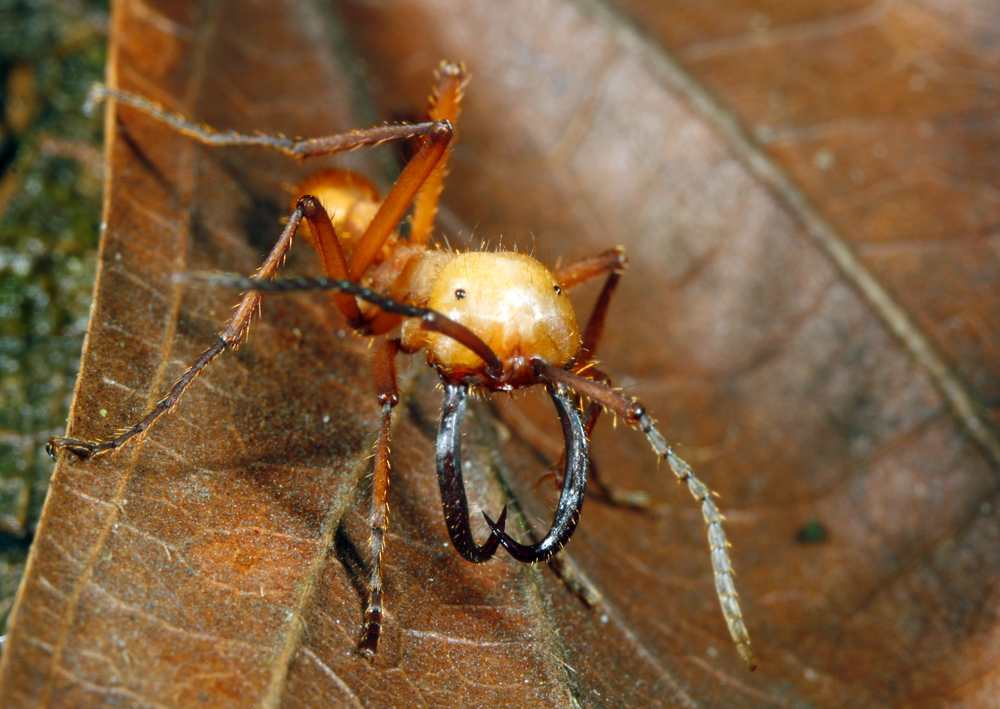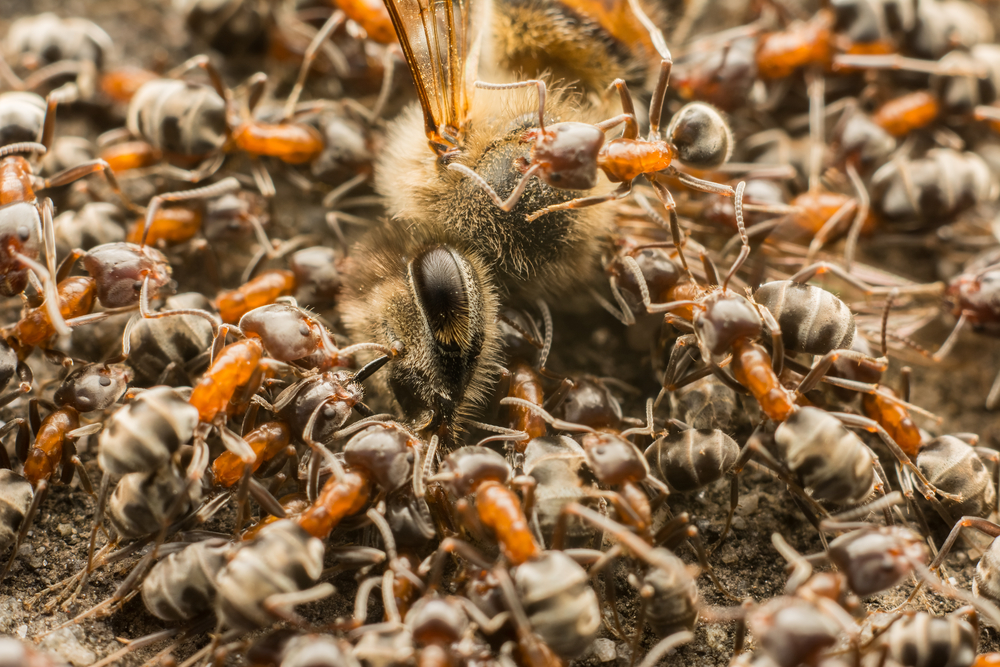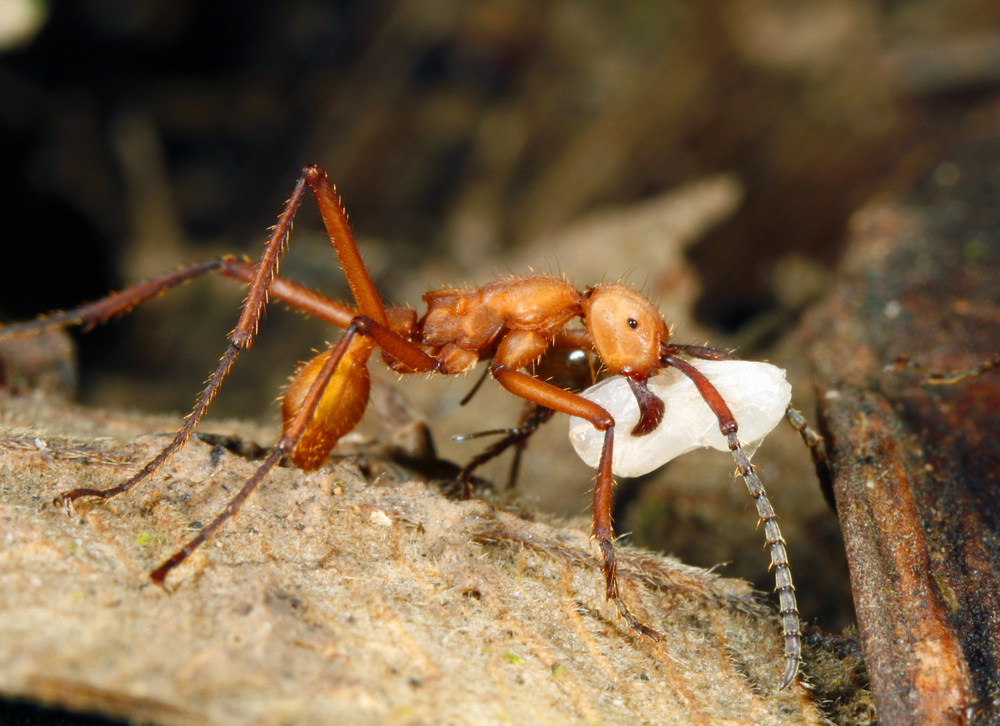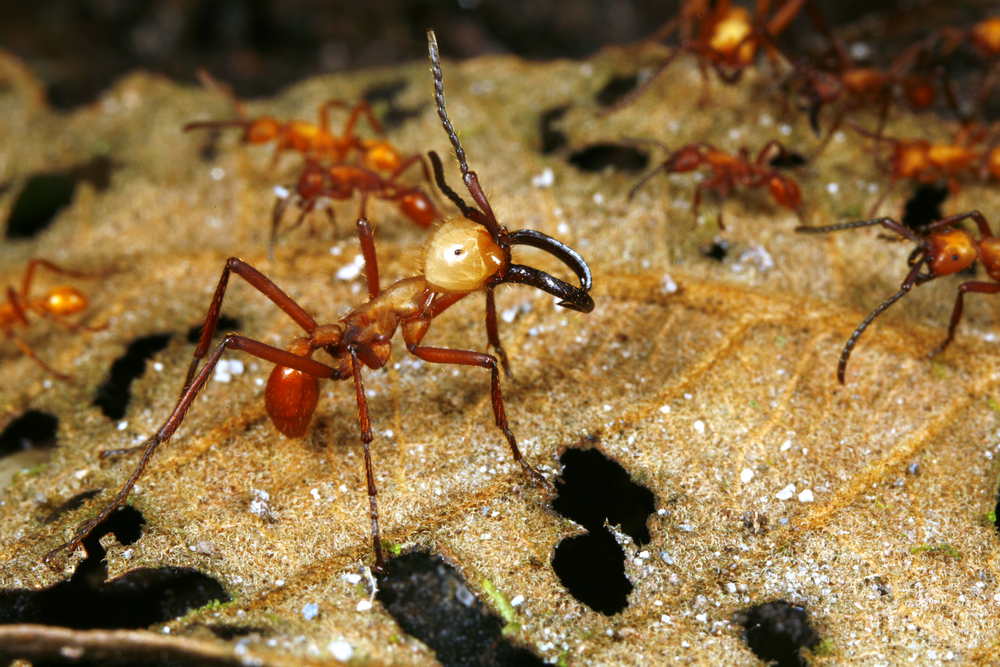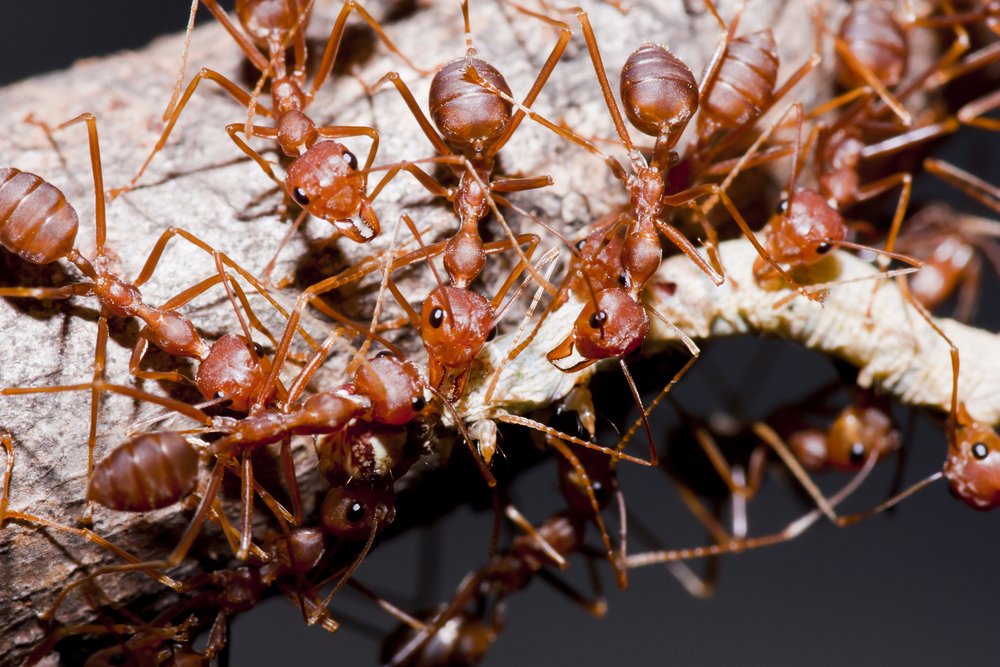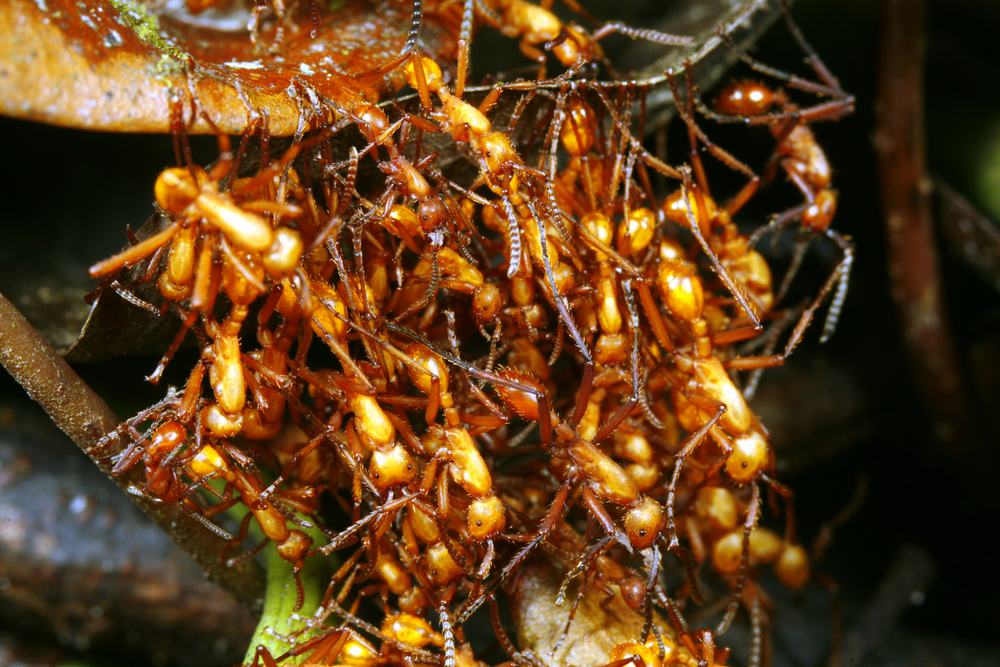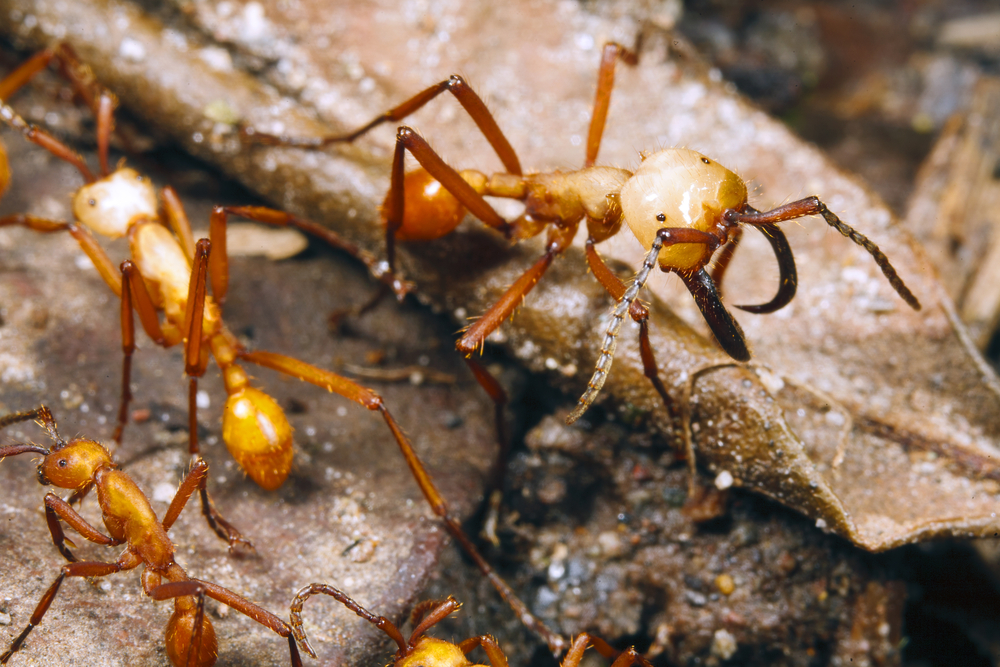Army ants and fire ants are both types of ants, but they have several significant differences:
- Foraging Behavior:
- Army ants are known for their nomadic and migratory behavior. They do not have a permanent nest and instead form temporary bivouacs or nests while on the move.
- Fire ants are not nomadic and establish permanent underground colonies with multiple chambers and tunnels.
- Colonial Structure:
- Army ant colonies consist of various worker castes, including soldiers with large heads and powerful mandibles. They lack a true queen.
- Fire ant colonies have a reproductive queen, worker ants, and soldier ants. The queen is responsible for laying eggs, and the colony can have multiple queens.
- Diet:
- Army ants are carnivorous and are known for their group hunting behavior. They prey on a variety of insects and other small animals.
- Fire ants are omnivorous and have a diverse diet, including insects, plants, and even scavenged food.
- Stinging:
- Army ants do not possess stingers and primarily rely on their powerful jaws to capture prey.
- Fire ants are well-known for their painful stings, which can cause discomfort and allergic reactions in humans.
- Habitat:
- Army ants are typically found in tropical rainforests and other warm, humid environments. They move through the forest floor and vegetation.
- Fire ants are adaptable and can be found in a wide range of habitats, including urban areas, gardens, and agricultural fields.
- Ecological Role:
- Army ants play a crucial role in their ecosystem by acting as top predators and regulating insect populations.
- Fire ants can disrupt local ecosystems and compete with native ants. They are considered invasive species in some regions.
In summary, army ants are nomadic, carnivorous, lack a permanent nest, and have a different colony structure compared to fire ants. Fire ants, on the other hand, establish permanent colonies, have a true queen, and are known for their painful stings. Both ants are interesting in their own right and play unique roles in their respective environments.






























































